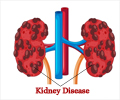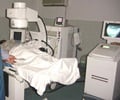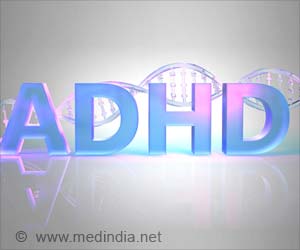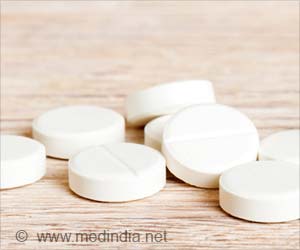Narrowed kidney arteries – a condition known as renal artery stenosis (RAS) – are the most common cause of correctable high blood pressure.
Increasing numbers of patients with narrowed kidney arteries are undergoing vessel-widening angioplasty and placement of a tubular stent, but the latest scientific evidence does not show a clear advantage of that treatment over prescription drug therapy, according to a new review funded by the Agency for Healthcare Research and Quality. An article based on the review is posted today in the online version of the Annals of Internal Medicine.
Narrowed kidney arteries – a condition known as renal artery stenosis (RAS) – are the most common cause of correctable high blood pressure. The progressive condition reduces the supply of blood to the kidneys. In most cases the problem is caused by atherosclerosis, the gradual build-up of fat-containing plaque. RAS may occur alone or in combination with high blood pressure and chronic kidney disease. It is found in about 30 percent of patients with coronary artery disease and up to 50 percent of seniors or people who have diffuse atherosclerotic vascular diseases.RAS patients have three treatment options: angioplasty, which reopens the narrowed artery with a small balloon; angioplasty in combination with a stent, a metal mesh tube placed inside the artery; or therapy with drugs, such as angiotensin converting enzyme (ACE) inhibitors or angiotensin-receptor blockers (ARBs), calcium channel blockers, and/or beta blockers. Some doctors also recommend statins to lower cholesterol, or antiplatelet medicines, such as aspirin. Patients treated only with drugs, which may need to be taken for a lifetime, can experience diminished kidney function due to RAS. That can lead to sickness and death, and these patients may be at increased risk of heart disease. However, it is unclear whether angioplasty leads to better outcomes for most patients.
While many RAS patients are treated with drugs, a growing number of RAS patients are opting for angioplasty. Medicare data show that angioplasty more than doubled from 7,660 in 1996 to 18,520 in 2000. The average charge of RAS angioplasty done in the hospital was $27,800 in 2004, according to data from AHRQ’s Healthcare Cost and Utilization Project. The procedure, like any surgery, carries risks of complications or even death. In addition, the durability of benefits of angioplasty with or without a stent is unclear.
Authors of the systematic literature review concluded that a shortage of direct comparisons between drug therapy and angioplasty has left important questions unanswered, including which therapy is more likely to improve kidney function. HHS’ National Institutes of Health has launched a large clinical trial to compare the benefits of angioplasty with stent placement versus drug treatment, but results are not expected until 2010.
“In an ideal world, doctors and patients confronting an illness should be able to draw upon reliable scientific evidence to make treatment decisions,’’ said AHRQ Director Carolyn M. Clancy, M.D. “Unfortunately, renal artery stenosis is among those for which evidence is lacking. This new review serves an important purpose by identifying where research is needed."
AHRQ’s new review of published studies, completed by the Agency’s Tufts-New England Medical Center Evidence-based Practice Center, has concluded:
Advertisement
* The published literature did confirm that drug therapy and angioplasty both improve blood pressure, and they have similar impacts on slowing down the worsening of kidney function. But actual improvements in kidney function have only been reported in angioplasty studies that lacked direct comparisons with other therapies.
* The evidence is inadequate to determine whether the treatments differ in lowering the risks of death, kidney failure, or heart disease.
* The risks of adverse events have not been adequately measured. Some studies suggested up to 3 percent of angioplasty patients died within 30 days. Other risks of angioplasty include kidney deterioration, injury to the renal artery or kidney tissue, and heart attack.
* Adverse events related to blood pressure medications (ACE inhibitors, beta blockers, and hydralazine) include dizziness when standing, problems with the digestive or nervous systems, and Raynaud’s syndrome, which restricts blood flow to the fingers and toes.
Source-Newswise
SRM











